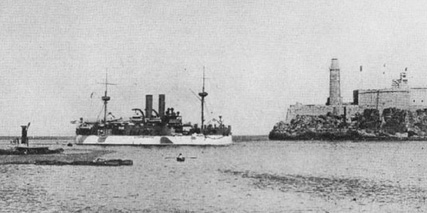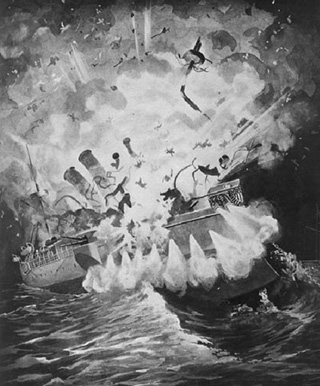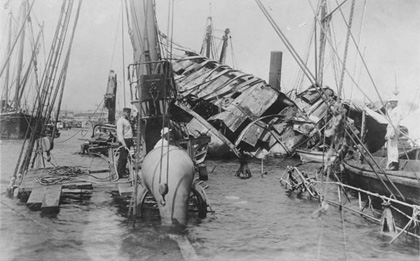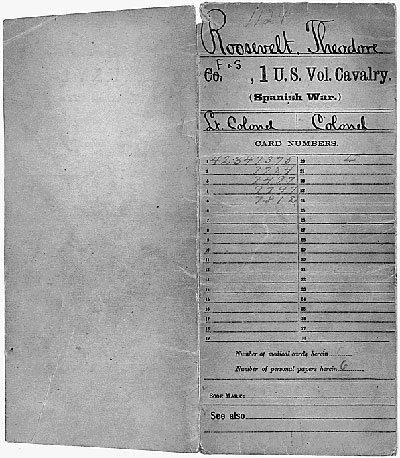Source: New York Journal, PBS
Take a look at this front page of the New York Journal and its report of the explosion of the USS Maine. This is an example of sensational reporting, also called yellow journalism. When you have finished your analysis, click on the newspaper to learn how newspapers and magazines reported on the Spanish-American War. How do the headlines and pictures make you feel? These headlines and pictures angered and frightened many Americans at the time.
The Spanish-American War was not only important because it placed the United States into a place of world power and dominance, but it also changed the way that news was reported. Newspapers and magazines became an important source of information about the events of the Spanish-American War.
The emergence of yellow journalism was criticized because it did not always involve researched facts. This type of journalism used sensationalized headlines or exaggeration of events just to sell more papers or magazines. This form of reporting caused the newspaper industry to grow and readers to become more dependent on them for information.

Primary sources are crucial to obtaining the most accurate information. In this section, you will analyze various types of primary sources to help you understand the impact of the Spanish-American War.
Works of Art: A painting, drawing, or sculpture (as well as other art forms) are primary sources when they are created during the time period of a certain event. Click on the painting below to learn more about it.
Source: Charge of the Rough Riders, Frederic Remington, Frederic Remington Art Museum

Photographs: A photograph taken during the time period of a certain event (or the event itself) is a primary source. This series of photos and images illustrate the USS Maine, before and after the Spanish-American War.
This photo of the USS Maine entering Havana Harbor was taken about three weeks before the explosion.

Source: USS MAINE enters Havana Harbor, Navy History & Heritage Command
This artwork depicts the explosion that destroyed the USS Maine. This illustration was used in a magazine.

Source: USS MAINE explodes, Navy History & Heritage Command
This photo of the actual wreckage was taken as dive teams were surveying the damage of the USS Maine after the explosion.

Source: Diving on Maine's wreck, Navy History & Heritage Command
Documents: Documents that were generated during a specific time period are considered primary sources.
This document is the jacket of Theodore "Teddy" Roosevelt's military records in the "Spanish War." The jacket indicates his various ranks and would have enclosed his military and medical records.

Source: Compiled Military Service Record of Theodore Roosevelt, National Archives
Activity: Choose one of the primary sources from this section. Determine the appropriate analysis type and complete an analysis worksheet by clicking on the links below. (If you cannot print a worksheet, complete the information in your notes.)